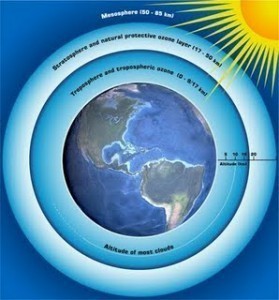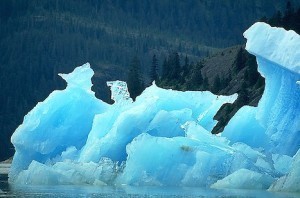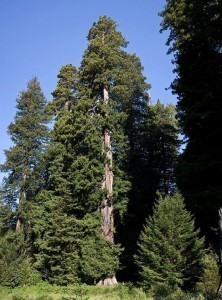Ozone Layer Thickness
The thickness of the ozone layer varies from 10 km to  50 km (32,000 to 1164,000 ft). It is located in the stratosphere, one of the upper layers on the Earth’s atmosphere. The thickness however, does fluctuate depending on the area and the season.
50 km (32,000 to 1164,000 ft). It is located in the stratosphere, one of the upper layers on the Earth’s atmosphere. The thickness however, does fluctuate depending on the area and the season.
Composition
As the name makes plain, the ozone layer is made up of ozone (O3). 91% of the ozone in the Earth’s atmosphere is contained here. This layer takes in 99% of the ultraviolet rays that is generated by the Sun. This is crucial as the presence of too much ultraviolet light can be fatal to humans and other living organisms on the planet.
How Ozone is Created
Although the thickness of the ozone layer varies, the process by which it is created does not change. The process is as follows: ultraviolet light hits the Earth and comes into contact with oxygen molecules.
The oxygen molecules have 2 oxygen atoms (02) which are then split. The split oxygen atom (or atomic oxygen) fuses with the intact oxygen atoms. The result is the ozone (O3).
When hit by ultraviolet rays, it splits again and the process is repeated. Within the range of 10 to 50 km, the greatest concentration is from 20 to 40 km (estimated to be 8 parts for every million). Brought down to sea level, the ozone would however, be only a few millimeters thick.
Distribution of the Ozone
When the thickness of the ozone layer was measured, it became clear the depth varied (note: thickness in this case refers to the column in any given region).
As a rule, the ozone is thicker around the poles compared with the equator. Scientific examinations also reveal the ozone is thinner during the autumn in the northern hemisphere and thicker during springtime. The ozone gets thicker around winter time.
Although this seems contradictory to its nature, it is due to complex stratospheric wind patterns. It is true ozone is made around the tropical areas. However, the stratospheric circulation moves them towards the poles. The lowest amounts are in Antarctica in September.
Depletion of the Ozone Layer
Scientists have established that the thickness of the ozone layer has been depleted. The estimate has been put at 4% yearly at the northern hemisphere. As the season changes, the holes and depletion in the ozone get bigger.
There are several elements that contribute to its decline. One of them is the release of nitrous oxide. This element is generated by human activity.
Other chemicals that contribute to ozone depletion are hydroxyl, atomic chlorine organohalogen compounds and chlorofluorocarbons. These chemicals can destroy the ozone molecules by the thousands.
There is also a possible link between the depletion of the ozone layer and global warming. However the precise link between the two has yet to be fully understood.
With the thickness of the ozone layer being depleted, most scientists are of the belief that it will lead to serious complications and problems for Earth’s inhabitants. Ultraviolet rays will be able to penetrate the Earth, which could result in fatal illnesses and damage the environment.





